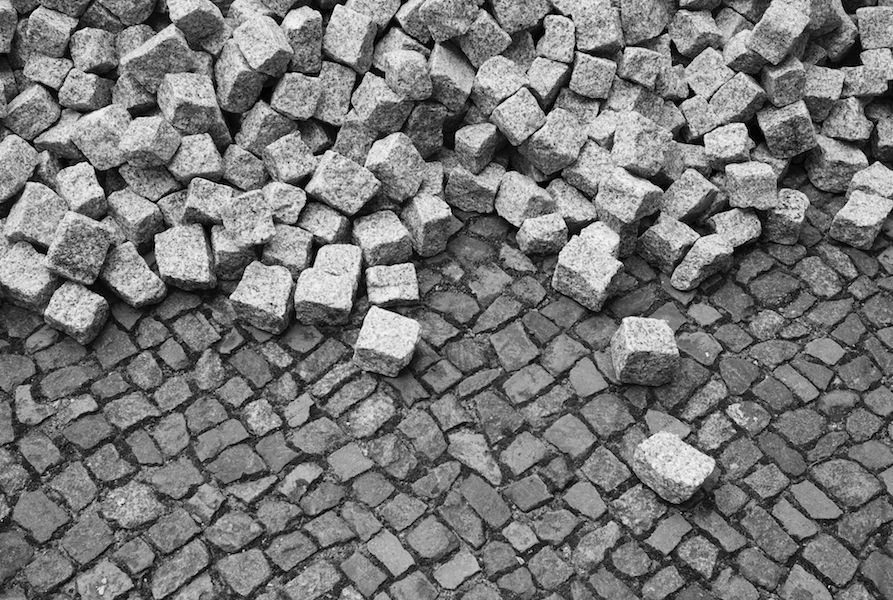And this storm is called Progress, 2012

I made a series of Berlin portraits during the PICTURE BERLIN artist residency programme in 2012. It was the culmination of five weeks of work and much reflection on what the city of Berlin meant for me. Rather than extending an existing body of work, I wanted to make something new that was in direct response to my being in the city. I did not know what form this response would take, but I certainly did not want to wander around making images of graffitied walls and call it Art. There was something much more profound brewing.
I had visited Berlin in 2004 and stayed for a month and loved it. The city radiated a combination of dark history, urban sophistication and a distressed edginess that was irresistibly attractive. PICTURE BERLIN was my excuse to return and to reconnect with the city of my memory. Alas, it was no longer there.
Gentrification was well underway, and the graffitied doorways that used to lead to empty or abandoned shops now led to Pilates studios, yoga classes and organic juice bars. The mean age of people on the street had dropped considerably, with scarcely a grey hair to be seen. No more old ladies viewing the street from their upper floor apartment windows, or shuffling home with their bags of groceries. Replacing them were Yummy Mummies with expensive running shoes and even more expensive Italian prams.
I disapproved of all this and sulked for a while over what I saw as Berlin's transformation into a generic European tourist city, seemingly devoid of distinguishing characteristics bar the obvious historical landmarks. Where was the city of my memory? Had it really disappeared in only eight years?
In the first days of PICTURE BERLIN, I was introduced to the works of Charles Baudelaire and Walter Benjamin, of liquid modernity and the character of the Flaneur - the man who observes the city but stands apart from it. We were encouraged to notice how buildings disappeared and others replaced them in ways that reflected the politics and society of the day. Of course, this is a global phenomenon and not peculiar to Berlin. But with the demise of the Palast der Republik and the imminent reconstruction of the Schloss that it replaced, it was made inescapably real.
Reading Walter Benjamin, and in particular his ninth thesis in the essay Theses on the Philosophy of History and accompanying references to Paul Klee's 1920 painting Angelus Novus, triggered my memory of a song by Laurie Anderson. A quick cross check of the lyrics confirmed that its full title was The Dream Before (for Walter Benjamin). The coincidence astonished me, but energised me at the same time. The song became the soundtrack of the city that played in my mind whenever I took my camera out. I used the final line of its lyrics to title one of my Berlin portraits. It encapsulated so much of my experience of Berlin, my disappointment about its constant change, and the fact that such change was unending and inescapable.
